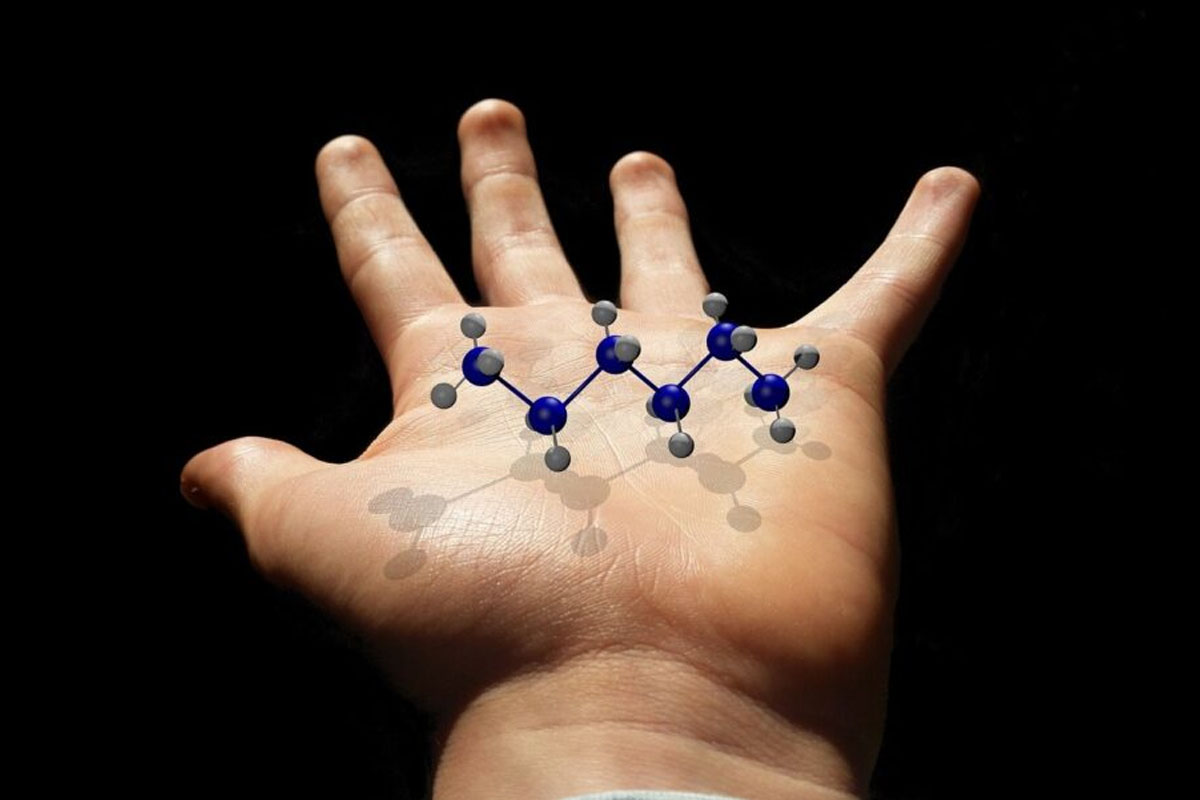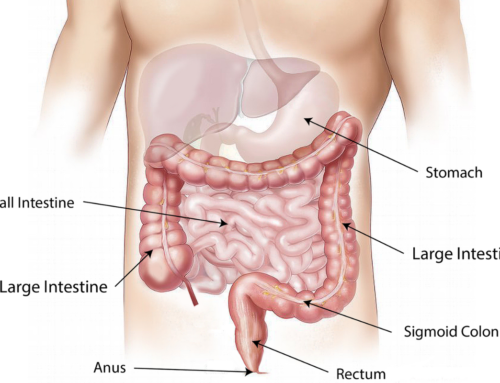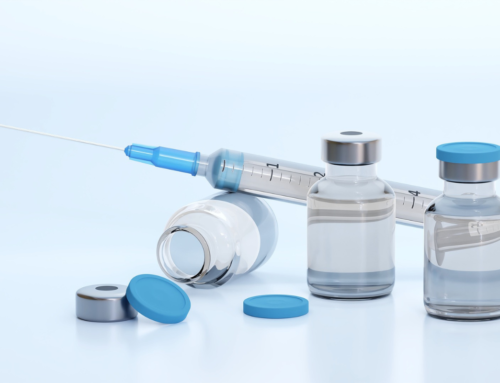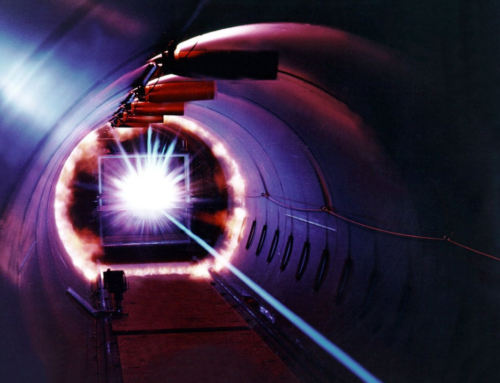After four years of collaboration, IS-Instruments Ltd and its partners have successfully developed ODIN, a groundbreaking Deep UV resonant Raman spectrometer. This compact, user-friendly device can observe organic substances such as proteins and enzymes while providing fluorescent-free measurements for all samples. Today, we are thrilled to share our first observations from ODIN, which opens the door to a previously unseen world.
Deep UV resonant Raman spectroscopy, a technique long recognized for its power, overcomes the main limitations of Raman observation fluorescence. It is a proven method for measuring challenging substances, particularly organic material. Operating in the UV below 250 nm, the Raman scattering cross for simple molecules is 100 times greater than that at 785 nm. For certain classes of organic matter, the signal can be amplified over 10,000 times due to the resonant effect. This breakthrough allows proteins to be routinely observed in a concentration of 1 mg/ml, opening up new possibilities in the study of biological systems.
However, so far, the technique has been limited to academic laboratories due to the complexity and size of existing systems on the market. Often, these devices use a gas-pumped laser which must be cooled and purged with N2. Further working in the deep UV requires very high spectral resolution in wavelength space which puts a high degree of pressure on the spectrometer design and stability, thus systems can only be operated by experts.
“Deep UV resonant Raman has long been known to have the potential for being able to measure substances other spectroscopic techniques have not so far been capable of. Equally, the instruments currently available are extremely large and expensive both to purchase and to maintain. This has made the technology accessible only to those organisations with physical space to house them and significant budgets to operate them. Odin represents a departure from that as it is smaller and doesn’t have the internal mechanisms associated with high running costs.” – Dr Michael Foster, Co-Founder & Director, IS-Instruments
Odin uses a new 229 nm laser that does not require cooling or external N2 purge combined with ISI HES spectrometer technology adapted especially for operation at this wavelength. Odin’s size is an order of magnitude smaller than current instruments with a footprint that can easily fit on a desk – and yet does not sacrifice performance!
To demonstrate the instrument’s power, below are observations of 0.1 mg/ ml (low concentration) of tryptophan taken with ODIN compared with observations at 785 nm using one of our state-of-the-art HES instruments. The Odin observation was made in 30 seconds and is an average of 5 frames. At 785 nm, no clear Raman spectra are observed other than that of the glass container, and higher concentrations of tryptophan would fluoresce without producing useful spectra.
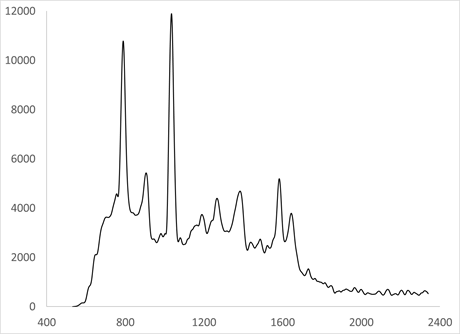
Odin – Deep UV resonant Raman measurement of tryptophan
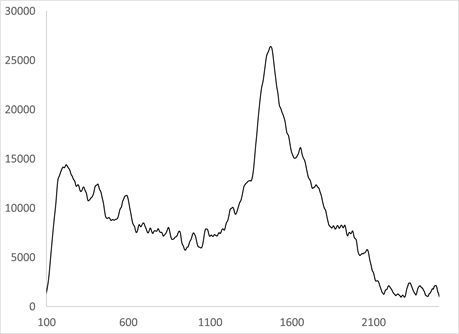
HES2000 Raman measurement of tryptophan
“This has been a super exciting project to be working on; pushing the boundaries of this technology and collaborating with cutting-edge partners to produce an instrument that will revolutionise the market. This is a potentially game-changing technology within the materials characterisation world, where deep UV Raman spectroscopy can successfully challenge some of the key limitations facing conventional Raman spectroscopy, namely fluorescence contamination and inherently weak signal collection. We’re looking forward to demonstrating these advantages on a variety of exotic materials relevant across multiple commercial sectors, from the production of medicines and biopharma products such as monoclonal antibodies to the defence sector.” ~ Dr Will Brooks, Senior Scientist
Performance testing is ongoing with positive results.


